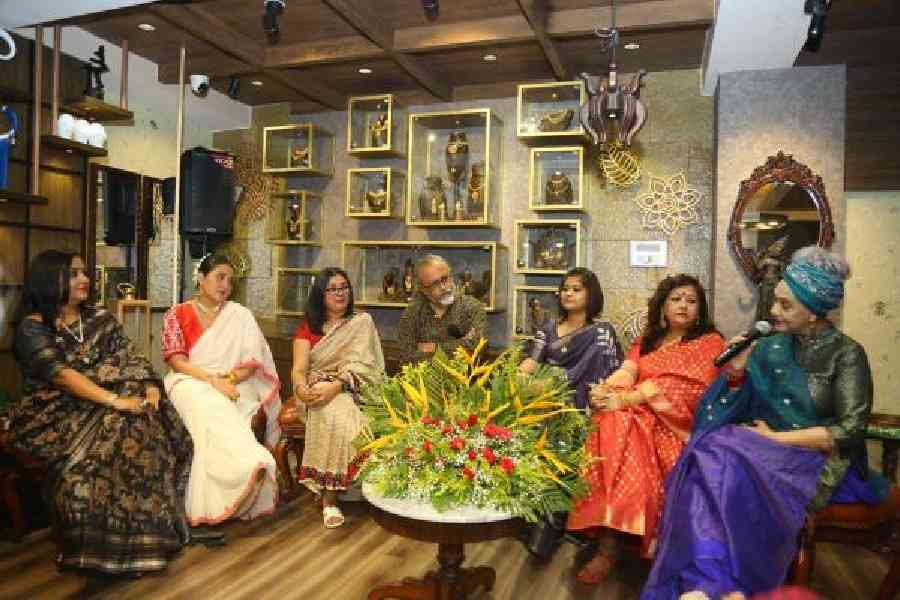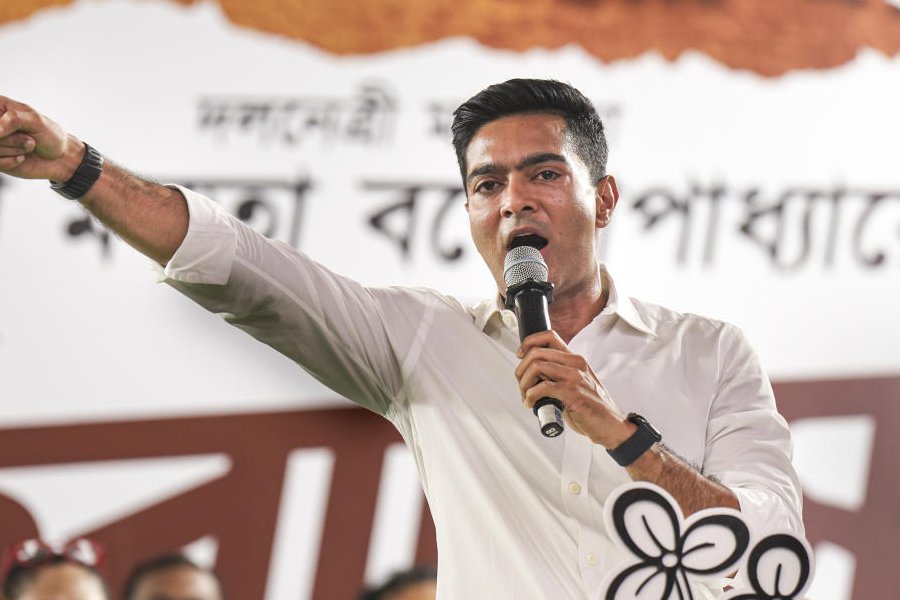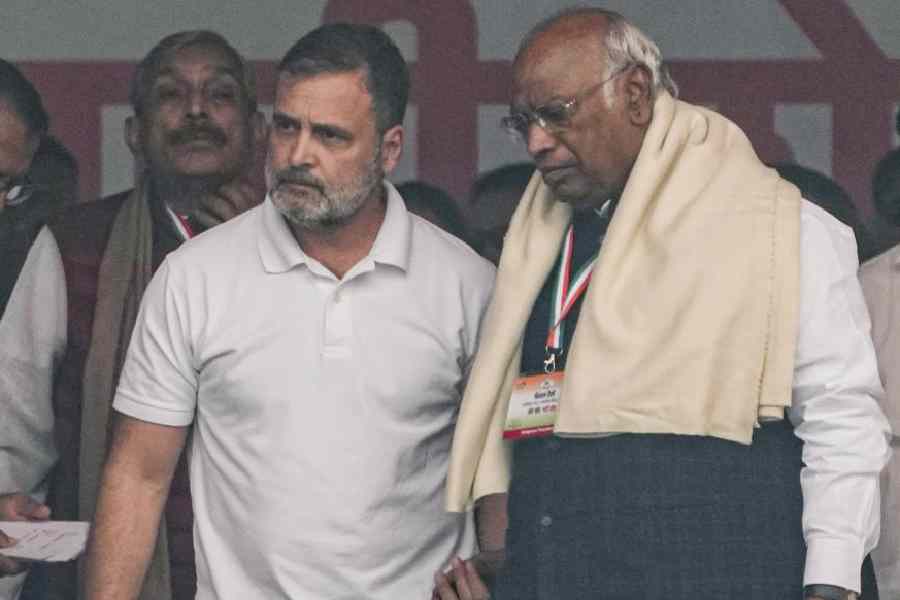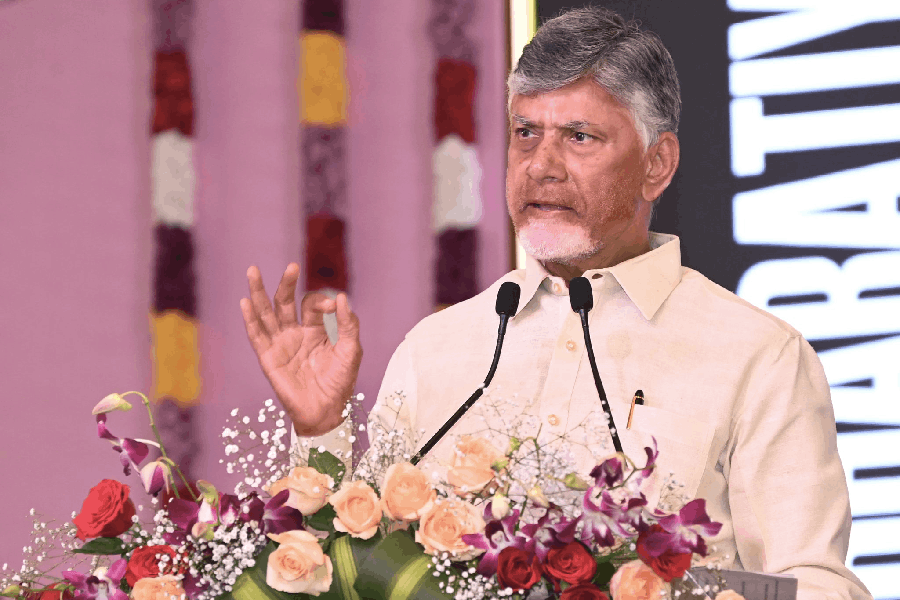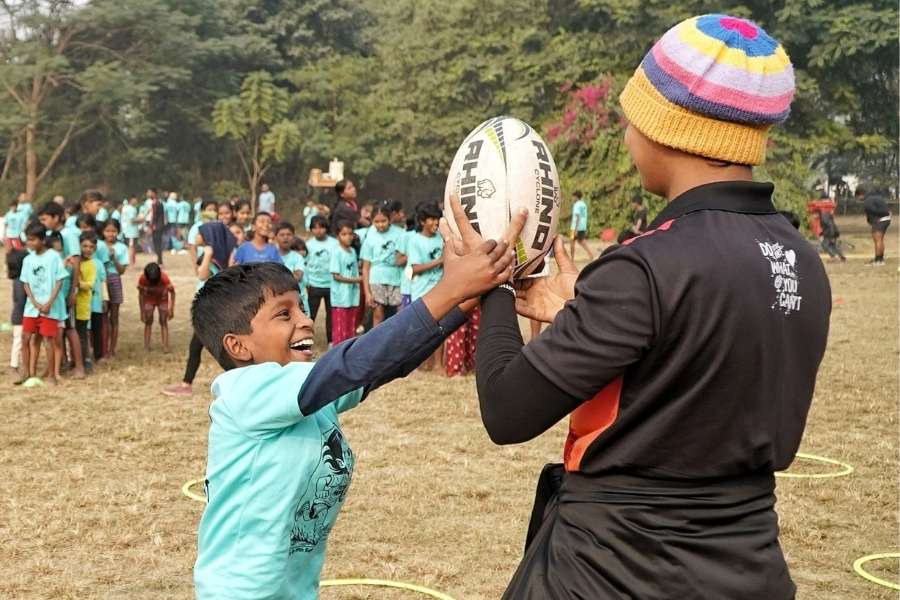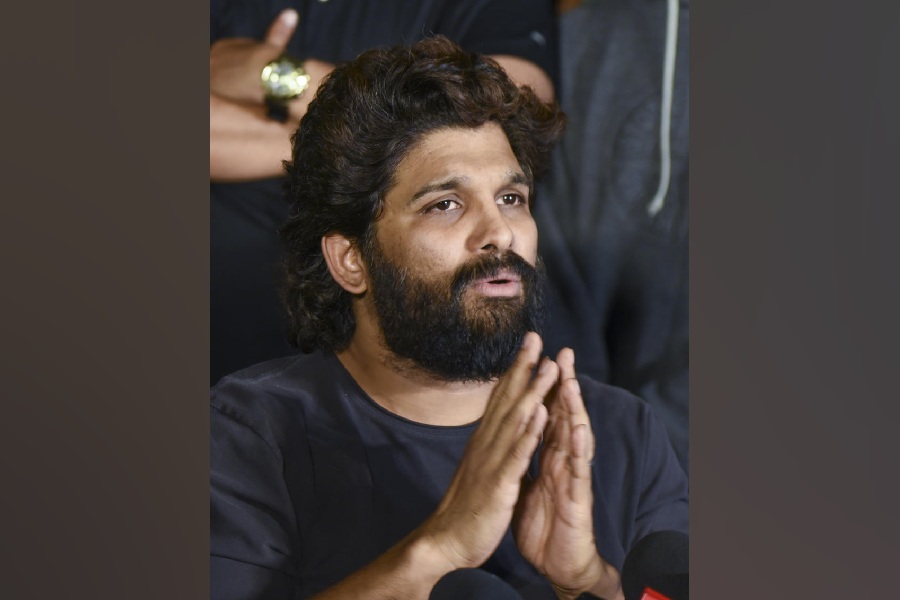A thought-provoking panel discussion titled ‘All That Glitters: Alankar Ahankar — the Journey of Jewellery from Tradition to Fashion’ was hosted by Auram Jewellery on April 11 at their Loudon Street outlet, in association with t2. The conversation brought together a diverse group of women who shared their unique perspectives on jewellery as a symbol of tradition, a medium of self-expression, and a statement of style.
Shilpa Chakraborty, owner of Tribe café, opened the discussion by reflecting on India’s rich tribal legacy and how deeply jewellery is interwoven with identity across communities. “I love jewellery. Our cultural mosaic is vast; every 100km, everything changes — dialect, dress, food, and of course, adornments. We have 700-plus ethnic groups, each with its own distinctive identity shaped through jewellery. From the dokra low wax casting technique to the bold use of bones in Nagaland, tribal jewellery is sustainability in its purest form — making do with what’s available, yet creating heirlooms. Jewellery is not just embellishment, it is a powerful cultural statement.”
Danseuse Alokananda Roy explored how jewellery complements movement and meaning in classical dance forms. “In Indian classical dance, every form has its unique identity and jewellery is central to that. From Bharatanatyam to Manipuri, the jewellery speaks of the style. Dance is visual, jewellery helps build that narrative. But it must never overshadow the dancer’s expression. I learnt from Tagore the value of proportion and restraint — even at my wedding, I wore minimal jewellery. That sense of personal expression, that freedom, is what I love about the subtlety of Auram’s pieces. Even in classical dance forms, while the foundational structure remains intact, innovation is constantly shaping elements like costumes, choreography, and jewellery — without compromising on the essence of the style. I’m always experimenting myself; I’ve even performed to Rabindra Sangeet wearing a turban.”
Mousumi Sengupta, former radio artiste, shared her views on the changing preferences of jewellery in modern India. “Western countries have long embraced minimalist jewellery — titanium, lab-grown diamonds, geometric designs. Now, Indian consumers are catching on. Earlier, it was all about heavy temple jewellery. But today’s youth are blending influences. And interestingly, the West too is drawing from Indian motifs — global pop stars now wear jewellery inspired by our traditions. The influence goes both ways.”
Anusreea Paul Mukherjee, blogger and lifestyle enthusiast, echoed the theme of personal expression through adornment. She noted the importance of freedom in styling and choosing pieces that resonate with one’s individuality rather than trends.
Bringing the session to a spirited close was actress Swastika Mukherjee, who turned heads in a white-and-red sari and spoke candidly about fashion, comfort, and authenticity. “I don’t believe in buying gold for the sake of it. I’ve worn pieces picked from footpaths (stalls) to grand events. Whether it’s jewellery or clothes — they should never wear you; you should wear them. I don’t want to influence the rich — I want to influence the middle class. If I wear things my fans can’t afford, what message am I sending? Comfort is key for me. My jewellery choices depend on my mood, the weather, even my hairstyle. Influencing shouldn’t come at the cost of authenticity.”
The session, interwoven with references to Monihara by Rabindranath Tagore and a strong emphasis on the evolution of Indian ornamentation, was a powerful reminder of how jewellery continues to be a mirror to one’s roots, moods, and movements — evolving with time, yet rooted in identity.
“This store is more than just a retail space — it’s an expression of my freedom. India is a vast country with immense diversity in its jewellery traditions, and today’s programme was curated to enlighten the audience about that richness. That’s why I brought together women from different walks of life to share their unique perspectives,” said Bhramar Mallick, managing director and co-founder, Auram Jewellery.
The session was moderated by Biplab Bose.

